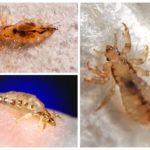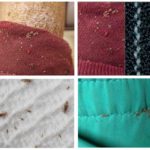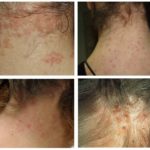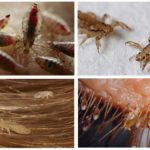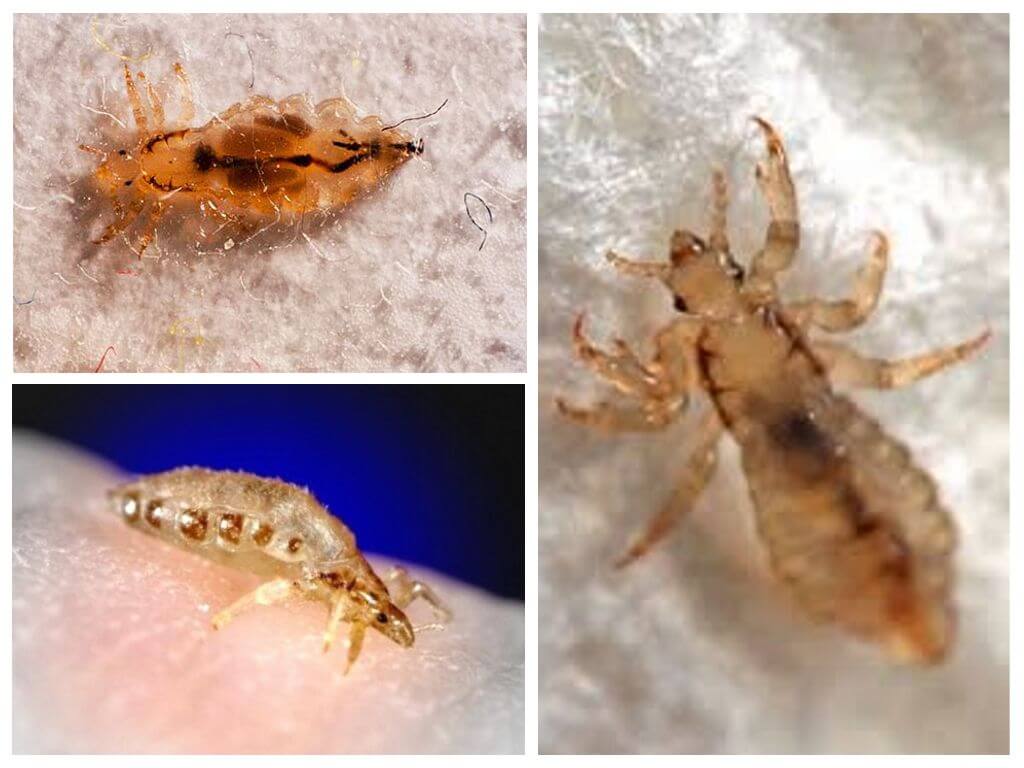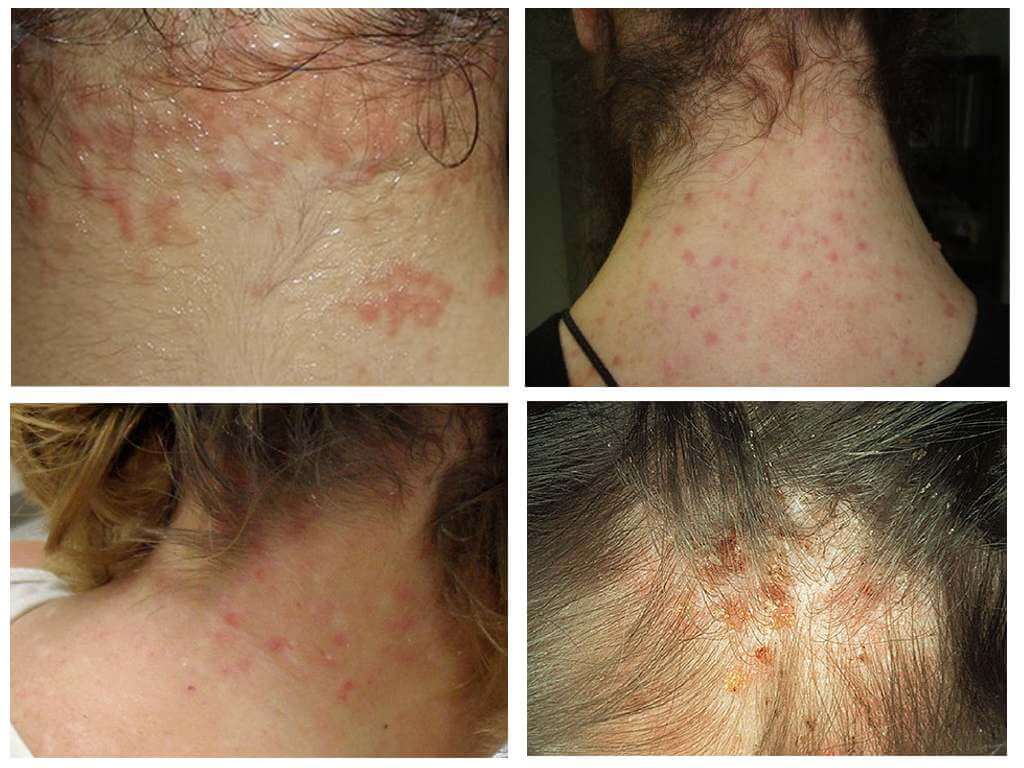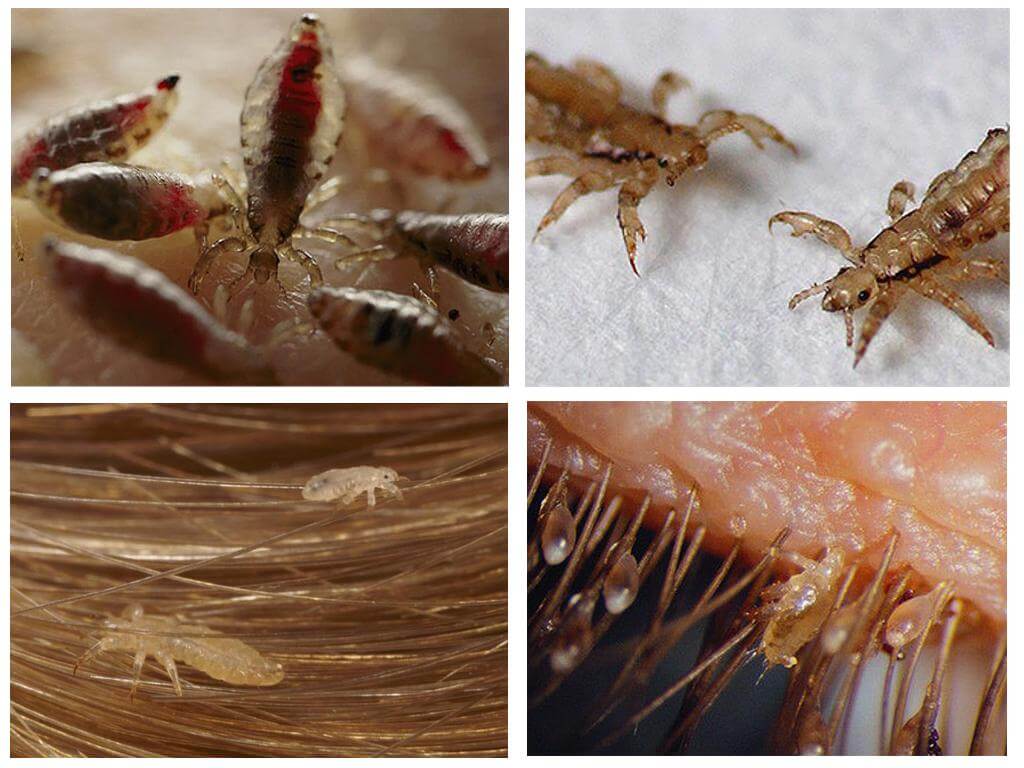How to bite linen louses, photo bites
Content
- Linen lice
- Linen lice
- Louse bites
- Head lice
- Louse bites
Linen lice, correct name of the body or body lice, a rarity in the civilized world, where people are cared for and sanitation requirements are observed. But during natural disasters, when people are very crowded or during a war, they can become a real threat to human health.Insects cannot starve for a long time, so they choose their shelters in the folds of people's clothes and are saturated with the blood of their host. The lice bites of a man covering the arms, legs, and torso of a person are different from other ectoparasites. They are dangerous with serious consequences for human health and require the adoption of immediate measures to treat and get rid of pests.
What is a clothes louse?
This type of louse is a close relative. head parasites, but differs only in the fact that for a long time it can be outside the body of the victim and calmly continue its livelihoods on clothes, sheets and blankets. Between themselves, these subspecies of blood-sucking insects are mixed.
Interesting!
The age of the fossils found lice and nits dates back to about 10 million years. Linen louse took shape in an independent subspecies much later. It happened about 100,000 years ago. The reason for such a split among the relatives was the fact of the appearance of the first clothes. These insects were so common in the world that until now in all languages there are curses associated with the mention of these parasites.
General characteristics and characteristics of life
What looks like laundry louses - the size of adult parasites is from 2 to 5 mm, the offspring from 0.5 to 1.5 mm. They are transparent insects without wings, whose body color changes depending on the filling of their abdomen with blood. Therefore, a well-fed louse can be confused with flea, but she is not able to jump.
On a note!
Underwear lice have many names: clothes, clothes, clothing, bedding.
Let's take a closer look at how biting laundry lice bite. The procedure is somewhat different from the bites of other blood-sucking. The insect has a rather small head with a proboscis, which is used to pierce the skin. The parasite contains a special substance in the saliva of the parasite that prevents blood from clotting and provides an anesthetic effect, so the victim may not immediately feel a bite and itch.
A single meal of lice occurs within 2–3 minutes, but this has to be done often: from 3 to 7 times a day. On human skin, the bites are randomly scattered, have the appearance of a uniform swollen area with a red dot in the middle.Such a characteristic sign confirms that the bitten person has become a victim of linen lice, because only this parasite plunges the head into the body during the bite, which leaves a small wound on the skin.
After a while, the place where the louse fed, begins to itch and ache. It is not recommended to comb the skin, as it is possible to carry an infection, which will have to be treated in the hospital for a long time.
The life of a louse is about 35 days. During the day, the female is able to lay from 5 to 14 eggs (nits), which she attaches to the tissue with the help of special mucus. Nits remain in this position until maturity. For the whole period of life one female to the light appears from 200 to 400 individuals.
Linen lice are well adapted to adverse living conditions. They can go without a host for up to 1 week. After falling into a normal environment for themselves, they begin to grow rapidly and bite their prey. If the food does not resume after a week - the clothes louse dies.
During evolution, parasites lost their ability to move and hold in the victim's hair. Unlike head and pubic liceThe so-called ploshchitsa, lingerie parasites move well in the fibers of tissues.They especially like flax and cotton, they do not live on smooth matter, because it slips in wool, as it does not directly touch the human body.
Single lice bites heal within 3-4 days. But if there is a strong infection with parasites, another serious problem arises. In medical circles, it is called pediculosis - A disease in which the whole body becomes covered with a rash, unbearable itching and pain. The skin is affected even in those places where there were no bites, later scars appear there.
On a note!
The most common places for insect bites include the back, arms, legs, sides, and abdomen.
Habitat
The main places in which insects can be found are clothes, the folds and seams of which are in close contact with the body, especially underwear. Not bad linen louses feel and dirty, unwashed bedding, mattresses and blankets, therefore, are constant companions of asocial elements.
In medicine, there is even such a disease, which is called Vagabonda, which translates from French as "the disease of vagrants."A photo of lice bites during a severe stage of the disease shows the seriousness of this problem.
Why insect bites are dangerous
Careful attention to the topic of the danger of insect bites is due to the fact that in modern living conditions the environment is changing significantly, and the consequences of these changes become unpredictable.
The reasons for the urgent treatment to the doctor are the symptoms that suddenly appeared in a person:
- high temperature;
- nausea or vomiting;
- recurrent headaches;
- unreasonable feverish states.
Important!
A visit to a medical institution will provide an opportunity to exclude those diseases that may arise as a result of bites of lice because they cause transmission of dangerous diseases, among which is recurrent or typhus and trench fever.
Where can I get lice
In an age of constant population migration, it is easy to fall prey to lingerie parasites. Therefore, it is necessary to know where these bloodsuckers can bite a person:
- they usually live in bedding and pass through them to a new owner;
- get to the victim through the clothes of another person;
- often public places with large crowds of people are a risk zone where lice infestation can occur.
Such objects are:
- clothing stores - fitting rooms;
- campgrounds, hotels, motels, dormitories;
- all places of mass recreation: children, sports and tourist camps, motels and recreation centers;
- public and private transport;
- overnight stay in one tent during hiking trips;
- away or in places where there is contact with someone else’s bedding, clothes or towels.
Treatment and prevention of infection
If, despite all precautionary measures, the lice bites on a person who is nearby, were discovered, it is urgent to take appropriate measures. First of all, it is necessary to carry out the treatment of the appeared wounds. Any disinfectant that will relieve a little pain syndrome and reduce itching will suit: hydrogen peroxide, Rescuer or Asterisk. All this can be bought at any pharmacy.
Treatment of lice bites that are solitary does not present much difficulty. 3-4 days after the daily treatment, they will pass without a trace.But in the case of extensive insect infestation, only a doctor can find the right way to solve the problem and find the right treatment regimen. On the Internet and in the special medical literature there are numerous photos of lice bites, with which you can diagnose the cause of the disease.
But bite treatment alone will not completely help. get rid of laundry lice. Need comprehensive measures. It is necessary to process all things by any available methods:
- wash boiling or at a temperature of 80 degrees;
- steam or disinfectant treatment;
- ironing, in which special attention is given to joints and seams;
- dry cleaning
Do not forget about sanitary processing room. It also needs to be treated with steam or special means to prevent re-infection with parasites, and you should also take a bath using anti-pediculosis drugsdesigned to combat insects.

